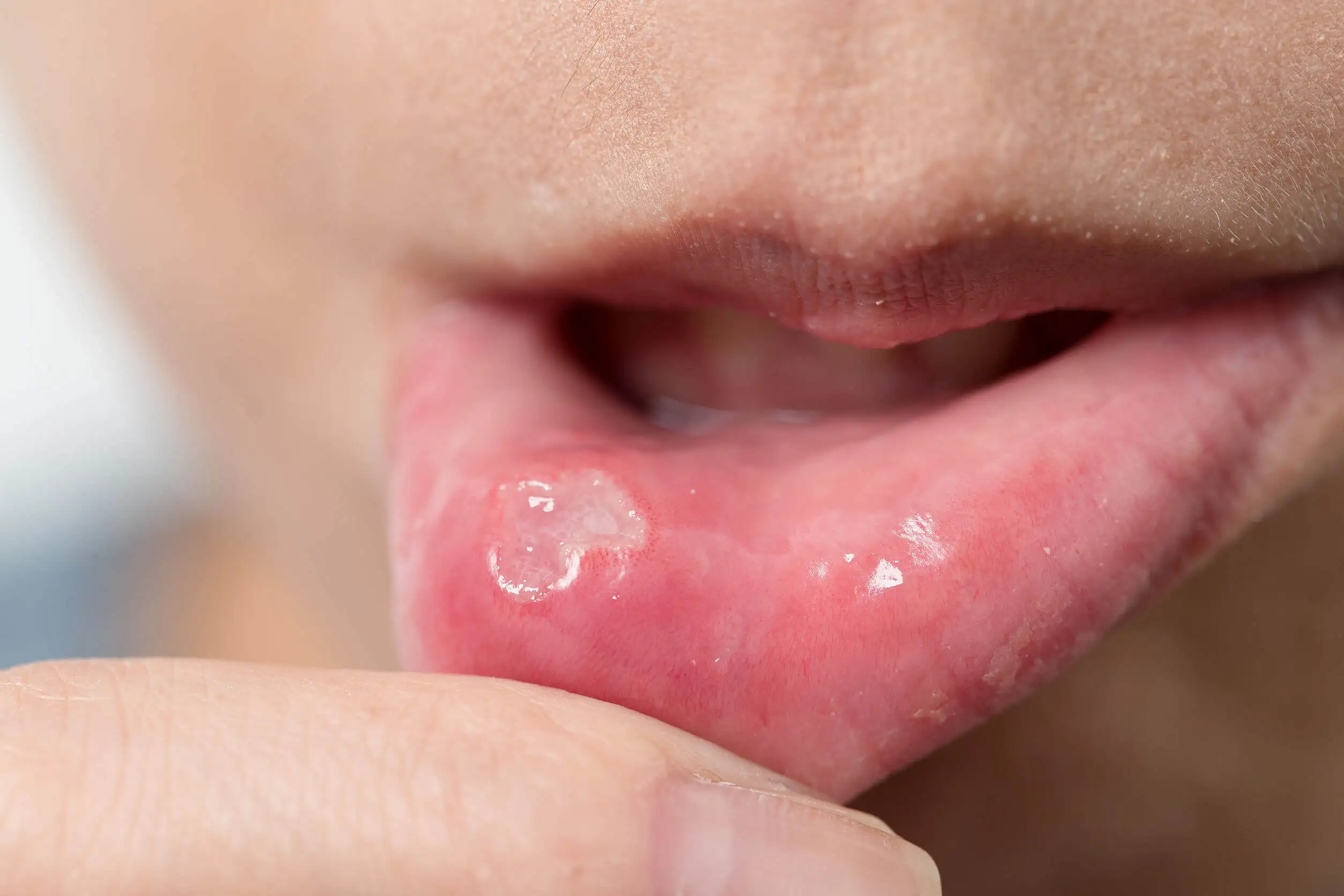Feverfew: Benefits and Contraindications


Reviewed and approved by the pharmacist Franciele Rohor de Souza
Feverfew, with the scientific name Tanacetum parthenium, is a plant that belongs to the Asteraceae family, which also includes chrysanthemums and daisies. In fact, some people call it the “big daisy”, due to its striking yellow flowers with white.
It’s native to the Balkan peninsula, but it spread to parts of Europe, Asia, and North Africa. Since the mid-19th century, it has been introduced into parts of the United States. Today it’s known both for its ornamental uses and its medicinal applications.
As detailed in a review shared in Pharmacognosy Reviews, it’s attributed with anti-inflammatory, cardiotonic, antispasmodic, antitumor, and emmenagogue properties. This is largely due to its phytoconstituent content, including flavonoids, sesquiterpene lactones, and pinenes. Want to know more?
Main benefits of feverfew
Feverfew is often confused with chamomile (Matricaria chamomilla), due to the resemblance of its flowers. However, its flowers are slightly larger and usually give off a strong, bitter odor. In addition, its composition and medicinal uses also vary. Let’s take a look.

Soothing migraine
One of the main uses of the herb feverfew has to do with the relief of migraines. Both the infusion and other supplements derived from it are often used to soothe this ailment. In this regard, a test-tube study reported in the journal Pain made interesting findings.
In this study, researchers determined that parthenolide – one of the plant’s active compounds – helps inhibit serotonin receptors, while decreasing vasodilation, inflammation, and smooth muscle spasms. Thus, it helps to reduce the frequency and intensity of migraine attacks.
Read more: Migraine Causes, Symptoms, Diagnosis, and Treatment
Analgesic activity
Migraine is not the only pain that can be relieved with feverfew. Through the journal Phytomedicine an animal study was reported that suggests analgesic activity in other types of pain. To be more precise, the researchers concluded that it can help to relieve acute pain, neuropathic pain, and joint pain.
More studies are required to prove these properties in humans.
Anxiolytic and antidepressant properties
In folk medicine, this plant has been used as an ally to improve mood in cases of anxiety and depression. However, there’s no evidence in humans to prove such effects.
As in the previous case, a study in mice shared in the Journal of Ethnopharmacology suggests that the plant has therapeutic potential. It states that T. parthenium has a mechanism of action similar to antidepressants and anxiolytics by acting on the GABAergic system.
Safety and possible side effects of feverfew
Oral consumption of feverfew is considered safe for most people. Supplements and infusion are usually suggested for up to 4 months.
However, some people experience unwanted reactions, such as the following:
- Diarrhea
- Bloating
- Indigestion
- Constipation
- Heartburn
- Nausea and vomiting
- Menstrual changes
If so, it’s best to discontinue use and consult a physician. On the other hand, given the lack of studies on its safety, its consumption isn’t recommended for pregnant or breastfeeding women. Nor in patients with a history of allergy to ragweed.
Because of its parthenolide content, it isn’t advisable to chew fresh leaves of the plant. This substance is irritating and can lead to problems such as mouth sores, swelling, or loss of taste. In fact, it shouldn’t be applied directly to the skin.

Dosage and recommendations
Feverfew supplements can be purchased in tablet, powder, or dried leaf form. Infusion is usually the traditional form of consumption.
However, no exact dosage has been established. It’s necessary to follow the manufacturer’s recommendations.
Drugs magazine details that, in the case of migraines, the dosage can vary from 50 to 150 mg per day. The treatment lasts for a maximum of 4 months. However, it’s best to consult your doctor first.
Both in migraine and other ailments, the herb feverfew is only a complement. Thus, it shouldn’t be a first choice treatment and should be accompanied by other care or therapeutic measures suggested by the professional.
Some possible drug interactions are as follows:
- Anticoagulant drugs or supplements
- Non-steroidal anti-inflammatory agents
- Prothrombotic drugs
- Salicylates
Read more: The 6 Best Medicinal Plants with Scientific Proof
What to remember about feverfew?
Feverfew became popular as an adjuvant to reduce migraine symptoms and their recurrences. Test tube and animal scientific studies support these benefits. However, more conclusive research in humans is needed to corroborate them.
It may help other ailments, but there’s still a lack of evidence. In any case, it’s generally a well-tolerated herbal supplement for most people. Cautious consumption is recommended, preferably under medical supervision.
All cited sources were thoroughly reviewed by our team to ensure their quality, reliability, currency, and validity. The bibliography of this article was considered reliable and of academic or scientific accuracy.
- Pareek A, Suthar M, Rathore GS, Bansal V. Feverfew (Tanacetum parthenium L.): A systematic review. Pharmacogn Rev. 2011 Jan;5(9):103-10. doi: 10.4103/0973-7847.79105. PMID: 22096324; PMCID: PMC3210009.
- Materazzi S, Benemei S, Fusi C, Gualdani R, De Siena G, Vastani N, Andersson DA, Trevisan G, Moncelli MR, Wei X, Dussor G, Pollastro F, Patacchini R, Appendino G, Geppetti P, Nassini R. Parthenolide inhibits nociception and neurogenic vasodilatation in the trigeminovascular system by targeting the TRPA1 channel. Pain. 2013 Dec;154(12):2750-2758. doi: 10.1016/j.pain.2013.08.002. Epub 2013 Aug 8. PMID: 23933184; PMCID: PMC3843982.
- Di Cesare Mannelli L, Tenci B, Zanardelli M, Maidecchi A, Lugli A, Mattoli L, Ghelardini C. Widespread pain reliever profile of a flower extract of Tanacetum parthenium. Phytomedicine. 2015 Jul 15;22(7-8):752-8. doi: 10.1016/j.phymed.2015.05.006. Epub 2015 May 27. PMID: 26141762.
- Ernst E, Pittler MH. The efficacy and safety of feverfew (Tanacetum parthenium L.): an update of a systematic review. 2000. In: Database of Abstracts of Reviews of Effects (DARE): Quality-assessed Reviews [Internet]. York (UK): Centre for Reviews and Dissemination (UK); 1995-. Available from: https://www.ncbi.nlm.nih.gov/books/NBK68266/
- Killoran CE, Crawford GH, Pedvis-Leftick A. Two cases of compositae dermatitis exacerbated by moisturizer containing feverfew. Dermatitis. 2007 Dec;18(4):225-9. doi: 10.2310/6620.2007.06063. PMID: 18021604.
This text is provided for informational purposes only and does not replace consultation with a professional. If in doubt, consult your specialist.








